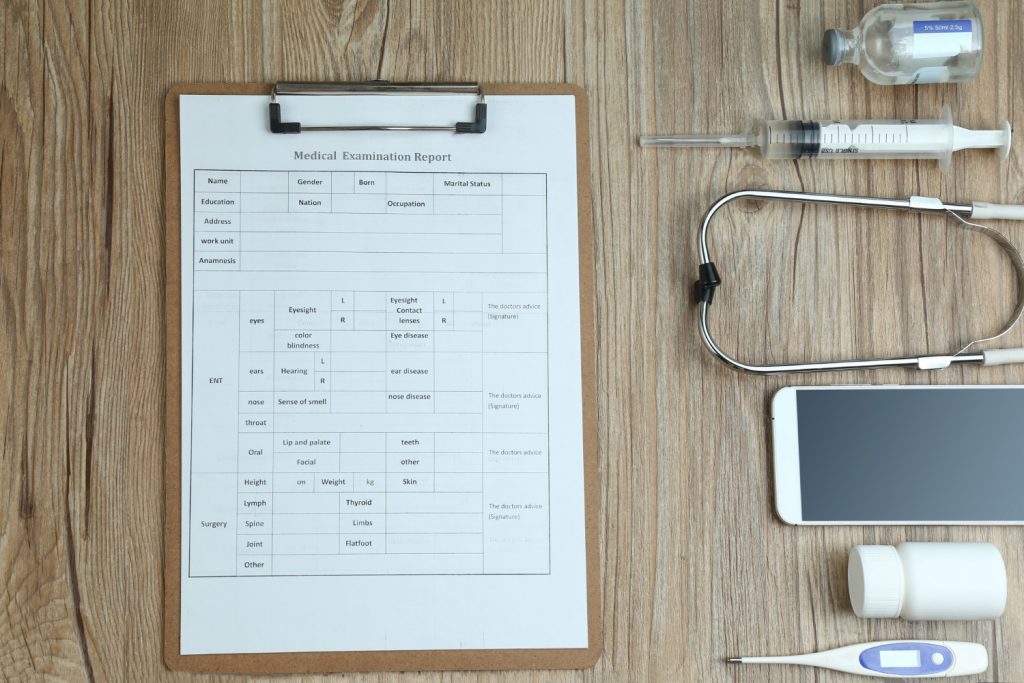Foot and ankle surgery is often the final step to help patients regain mobility and relieve chronic pain caused by injury or deformities. However, successful surgery and a smooth recovery require proper preparation. Preparing for your foot and ankle surgery involves understanding the steps leading up to the procedure, knowing what to expect during the recovery process, and following essential guidelines to ensure optimal healing and recovery.
This guide provides a comprehensive overview of the key steps to take before surgery, along with tips for the recovery period.
Step 1: Consult with Your Surgeon
Before undergoing any surgery, the first step is to consult with a qualified foot and ankle surgeon. During this consultation, your surgeon will assess your condition, discuss treatment options, and determine whether surgery is the best course of action. You will also receive information about the surgical procedure, including expected recovery times and the associated risks.
Key Points to Discuss:
- Ask about the type of surgery you’ll undergo and the expected outcomes.
- Inquire about the available anesthesia options and associated risks.
- Discuss any preoperative tests or evaluations that may be necessary, such as blood tests or X-rays.
- Ask about potential complications and what steps will be taken to minimize risks.
- Clarify post-operative care instructions and any restrictions after surgery.

Step 2: Preoperative Foot Surgery Checklist
Once your surgery is scheduled, your surgeon will provide you with a preoperative checklist to ensure you are fully prepared. This checklist includes essential steps to follow leading up to your surgery day.
Checklist Items Include:
- Health Evaluation: Ensure that your general health is stable for surgery. Discuss any pre-existing conditions with your surgeon, such as diabetes, heart disease, or blood clotting disorders. This will help your surgical team prepare the proper precautions.
- Medications: You may need to stop taking certain medicines before surgery. For instance, blood thinners such as aspirin and ibuprofen should be avoided, as they can increase the risk of bleeding during the procedure.
- Fasting Instructions: Follow any fasting instructions provided by your surgeon. Typically, you’ll be instructed not to eat or drink for a specific period before your surgery to minimize the risk of complications with anesthesia.
- Arrange for Assistance: Surgery may require post-operative care, so it’s a good idea to arrange for someone to drive you to and from the surgical center, as well as help you at home during your recovery.
Step 3: Preparing Your Home and Lifestyle
Preparation for surgery isn’t just about following medical instructions—it’s also about setting up your home for a smooth recovery. After foot or ankle surgery, you may require assistance with daily activities such as walking, bathing, and mobility.
Tips for Home Preparation:
- Clear Your Space: Set up a recovery space at home that’s free from obstacles, ensuring easy movement around the area.
- Walking Aids: Depending on your surgery, your surgeon may recommend using a walking boot, knee scooter, or crutches during the healing process. Ensure that you have these assistive devices ready.
- Loosely Fitting Clothes: Choose clothing that is easy to put on and remove, as you may have limited mobility in your foot or ankle after the surgery.
- Grab Bars and Safety Devices: If you plan to move around after surgery, consider installing grab bars in the bathroom and throughout the house to help maintain stability.
This level of home preparation ensures that you’re as comfortable as possible as you begin your recovery journey.
Step 4: The Day Before Surgery
The day before your surgery is a crucial time to make final preparations. This is the last chance to double-check that everything is ready for your procedure.
What to Do the Day Before Surgery:
- Fasting: As mentioned, follow your surgeon’s instructions about not eating or drinking before surgery. This is especially important if you will be receiving anesthesia.
- Shower: Many surgeons recommend taking a shower the evening before your surgery to help prevent infection. You may also be instructed to use an antibacterial soap.
- Prepare Documents: Ensure you have all necessary documentation, including identification, insurance information, and a list of any medications you are taking.
This is your time to make sure you are physically and mentally prepared for the surgery.
Step 5: Day of Surgery – What to Expect
On the day of your surgery, arrive at the hospital or surgical center on time and follow the pre-surgery instructions provided by your surgeon and anesthesia team.
Key Points for the Day of Surgery:
- Arrival: Please arrive early to allow time for registration and preparation.
- Preoperative Assessments: You will be assessed by the anesthesiologist, who will discuss anesthesia options and provide any necessary preoperative instructions. This is the time to ask any final questions about the procedure.
- Surgical Procedure: Depending on the type of surgery, a local or general anesthetic may be used. The surgical team will then perform the procedure, which may take several hours, depending on its complexity.
- Post-Operative Recovery: After surgery, you’ll be moved to a recovery room where medical staff will monitor you for any immediate complications. Once you wake up from anesthesia, you’ll begin the initial phase of recovery.
Knowing what to expect during surgery can help alleviate any anxiety you may have.

Step 6: Postoperative Recovery Tips
Your recovery after foot and ankle surgery will largely depend on the type of surgery you had and your overall health. However, there are some general tips to follow to expedite your post-surgical recovery process and ensure the best possible outcome.
Post-Surgery Recovery Tips:
- Pain Relief: Expect some pain and discomfort after surgery. Your doctor may prescribe pain medications to help manage the pain during the initial recovery period.
- Follow Post-Operative Instructions: Carefully follow the instructions provided by your surgeon, which may include keeping the surgical site elevated, applying ice to reduce swelling, and maintaining a clean incision.
- Physical Therapy: You may need physical therapy to help regain mobility and strength in your foot or ankle. A physical therapist will guide you through exercises and stretches to accelerate healing and reduce stiffness.
- Monitor for Complications: Watch for signs of complications such as excessive swelling, blood clots, or infection. If you experience any unusual symptoms, contact your doctor immediately.
- Follow-up Appointments: Attend all scheduled follow-up appointments. These visits allow your surgeon to monitor your recovery and make any adjustments to your treatment plan.
By following these steps, you will be giving yourself the best chance for a successful recovery and return to your daily activities.
Focus on Your Healing Process
The healing process after foot and ankle surgery can take several weeks to months, depending on the type of surgery. You may need to wear a walking boot, use crutches, or avoid putting weight on the affected leg for some time. Following your post-operative instructions closely is crucial to prevent complications such as infections or delayed healing.
In addition to physical therapy, ensure that you are taking care of your body in other ways to help accelerate healing. This includes eating nutritious meals, staying hydrated, and getting adequate rest. Regular follow-up appointments with your surgeon will enable them to monitor your progress and make adjustments to your recovery plan as needed.
Ready to take control of your recovery?
At Motion Orthopedic & Podiatry Institute, our team of world-class providers, including Dr. Orlando Cedeno and Dr. David Buzas, is dedicated to delivering the highest standard of care. With advanced expertise in treating foot, ankle, and musculoskeletal conditions, we offer personalized solutions tailored to your needs. Whether you’re seeking surgical intervention or non-surgical treatments, we’re here to guide you toward a faster recovery.
Discover how our exceptional care can transform your health.
Call us at (561) 240-8600 or Schedule your consultation online and discover how Motion Orthopedic & Podiatry Institute can help you move forward with confidence.
Frequently Asked Questions (FAQs)
What is the first thing I should do before foot surgery?
Before undergoing foot surgery, schedule a consultation with your surgeon to discuss the procedure, potential risks, and recovery expectations. Additionally, follow all preoperative instructions, including discontinuing certain medications and fasting before surgery.
How long will it take to recover from foot and ankle surgery?
Recovery time varies depending on the type of surgery; however, most patients can expect a recovery period of several weeks. Complete recovery may take several months, especially if physical therapy is required.
What kind of pain relief can I expect after ankle surgery?
Pain relief after ankle surgery typically includes prescription pain medications and over-the-counter options. You may also use ice and elevation to manage swelling and discomfort.
Do I need physical therapy after foot surgery?
Yes, physical therapy is often recommended after foot surgery to help restore strength, flexibility, and range of motion in the affected area.
What should I wear to foot surgery?
Wear loose-fitting clothing to surgery, especially if you need to wear a walking boot or other assistive devices after the procedure. This will make dressing easier post-surgery.